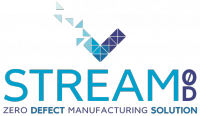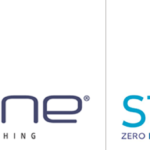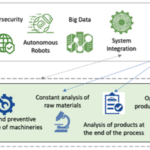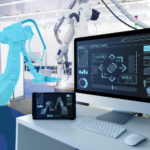Compressed solutions with tensor methods
The predictive models created by École Centrale de Nantes in the context of STREAM-0D project need to be used with ease by users despite their complexity. To do so, ECN uses special encodings able to reduce complexity and allow the models to run in real-time.
Time is past when high-performance computing resources could only be used by few lucky people, namely scientists at research centres or big corporations. Today the picture has changed radically. Companies of all scales have access to virtually unlimited computing resources via cloud services instantly, on demand and at reasonable rates.
But, what for? Why is computing power so important these days?
AI’s fuel
The short answer is: because high-performance computing is the fuel on which artificial intelligence depends.
Learning algorithms demand massive computing power to extract knowledge from huge amounts of data. The explosion of artificial intelligence that we have experienced in recent years can only be understood together with the raise of computing power.
ECN uses learning algorithms to synthesise physics-informed models from massive simulation datasets.
High-performance computing is therefore essential. But the work is not yet complete when the model has been created. If we want practitioners to run their predictive models in real-time, eventually using handheld devices, or to embed them into controllers – as ECN already done in the STREAM-0D project – it is necessary to go a step beyond.
Predictive models need to be light, portable and can be used without the hassle of providing each and every user with a high capacity internet connection to cloud services providers.
Tensor compression
This is where compression methods come into play. Specifically, ECN relies on tensor compression to achieve compact encapsulation and efficient manipulation of multi-dimensional data. As a consequence, simulation predictions can be encoded with little data, and decoded on the user’s demand, in real-time, with little computing effort, in virtually any computing platform.
In the era of the Big Data, ECN still believes in the principle of less is more. With compressed solutions, it is possible to bring intelligence to every corner of the factory.
—
This article was provided by École Centrale de Nantes one of STREAM-0D’s project consortium partner. ECN develops the real-time simulation models based on detailed physics-based models, including all the key components, materials and physical phenomena needed to accurately forecast the product quality indicators. Reduced order modeling methods allow ECN to use detailed and computationally expensive physics-based models as instantaneous input-output abaci, or look-up tables, able to run in real-time.
Follow STREAM-0D on:








